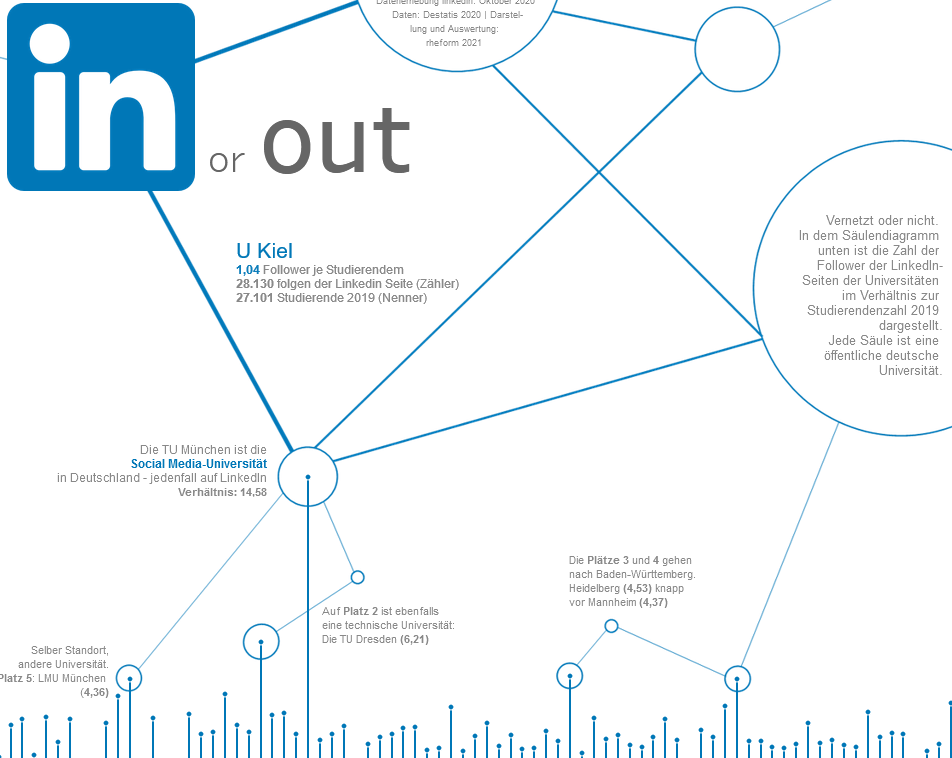
'Followers' will be in the bottom section of that box. On the far left, you should see a box featuring your profile image and LinkedIn description.Click on the 'Me' dropdown in the right-hand corner of your LinkedIn navigation bar (right under your profile picture).To review who you're following and who is following you: If not, you’ll need to go to their profile and click on the 'more' tab. And if I don't like what they're sharing, I can easily unfollow.įYI: I have had several situations where, after following someone for awhile, I suddenly recall how I know them! How do I follow someone?Ī public figure or company will commonly have a 'follow' button on their profile page, instead of a 'connect' option. Following gives me a chance to learn more about them. This seems like a polite alternative to connecting with a stranger. Sometimes, I choose to follow them instead. And personally, I feel a little rude when I click 'ignore'. You may receive an invitation to connect from someone you don't know. Situation #3: Folks You Reject As Connections Eventually, you may feel like you know them well enough (through LinkedIn) to extend the invitation to connect. Once you are following someone on LinkedIn, you can start liking, sharing, and commenting on their posts. In these kinds of situations, following them on LinkedIn can be used as an intermediate step to help your relationship evolve from 'stranger' to 'connection'. You may have things in common, and you've seen them person, but it would be a stretch to extend an invitation to connect.

We may 'like' and 'comment' and 'share' all the time, but we don't know each other in real life.Īnother example would be keynote speakers and presenters from industry events.

For example, there are lots of fascinating professionals I've met through social media platforms like Twitter or Quora. There may be people who feel like friends or colleagues, but you don't really know them. Note: In most cases, celebrity-level entrepreneurs and business leaders don't offer the option to connect. Following thought leaders lets me see their posts and articles, and benefit from their insights. I currently follow about 70 high-profile people, including Richard Branson, Arianna Huffington, Guy Kawasaki, Larry Kim, and Brene Brown, to name just a few. There are a few situations in which following may be the best (or only) choice. Why FOLLOW someone instead of inviting them to CONNECT? Conversely, people who follow you can read your posts, but unless you follow them back, you won't see theirs. It's a two-way relationship.įollowing is a one-way connection that lets you see posts from the person you follow, without being connected to them. LinkedIn connections can see each other's posts and updates, and send messages back and forth via LinkedIn. And ideally, there is business potential within the relationship. In theory, connections are people who already know you in some capacity.

And as people accept your invitations and you accept theirs, your networking community grows. You send and receive invitations to connect. Connecting and following are two very different ways of engaging on LinkedIn.Ĭonnecting is the form of engagement most of us associate with LinkedIn.


 0 kommentar(er)
0 kommentar(er)
